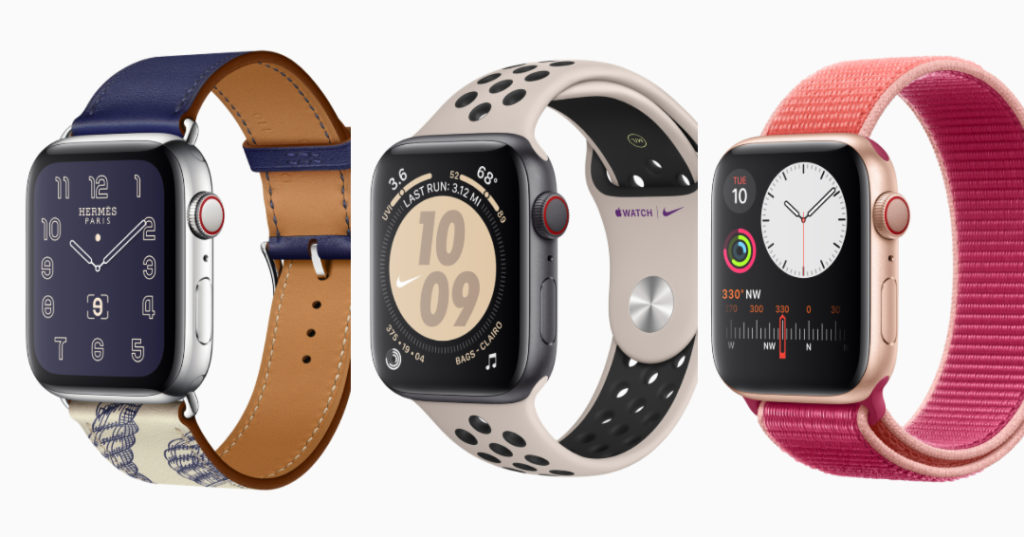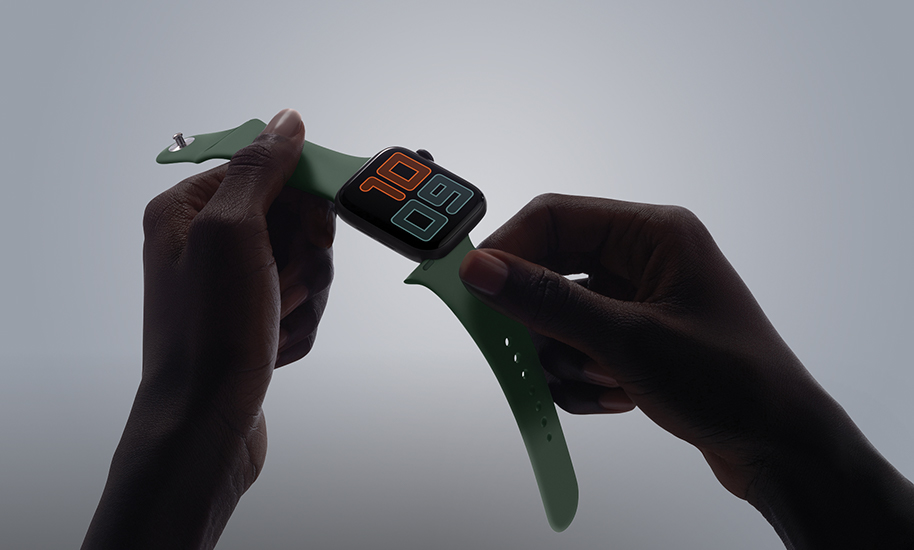Written By Julian King
There’s no doubt that wearables are changing the way we view fitness and healthy living. Smartwatches like the Apple Watch have relegated mere timekeeping to second place. Today, people buy wearables because they are great health monitoring devices. They can access real-time data on their physical wellbeing as they go about their daily routine. This keeps them engaged about their health and encourages them to find ways to improve it. A wearable device allows goals to be set, making health-enhancing activities like keeping fit more rewarding.
How Wearables Can Help Make You More Fit And Healthier
The latest wearables monitor a wide range of health metrics. Built-in biosensors measure heart and respiration rate and can even supply an instant ECG. The user can also track their stress and activity levels, calorie intake and sleep quality. Compiling this data allows the user to change their behavior for a longer, healthier life. A heart condition that might have previously gone unnoticed until it was too late may get picked up by the biosensors. Most wearables also optimize workout efficiency, enabling the user to reach their peak fitness sooner.
Wearable health care technology keeps the user in control, while helping them to stay fit. As the devices enter the mainstream, the medical profession may start to see real benefits too. Some believe that physicians will spend fewer hours on patients who use wearables and might be able to offer better care to those who have already left the hospital. In the future, medical insurance providers may offer cheaper premiums for people who use wearables.
Introducing The Apple Watch
Without doubt the premium smartwatch for health monitoring is the Apple Watch. This smart device is the personal trainer you wear around your wrist. There are so many ways that it can help you keep fit and healthy. Not only does it warn you if it detects an abnormal heart rhythm or heart rate, it has a wide range of other health functions, some of which are quite creative.
For example, the Apple Watch can detect falls. If the user falls and doesn’t respond to a push notification it will automatically call emergency services. First responders can access the user’s medical information, for example, allergies or medication, by using the Medical ID app. The Apple Watch is FDA-cleared to conduct an ECG, and does this by using electrodes in the back of the watch to measure the heart’s electrical pulses. It also measures resting heart rate and heart rate variability.

Left: Hermès 44mm Encre/Béton Swift Leather Single Tour. Band – $399. Middle: Nike 40mm Sport Band in Desert Sand/Black. Band – $49. Right: 44mm Sport Loop Band in Pomegranate. Band – $49.
There’s a noise app too, which monitors and alerts for environmental noise above 90 decibels, the level at which there is a risk of hearing loss. The Apple Watch will even track a woman’s menstrual cycle, providing a more accurate overview of general health. Reduce stress levels with the Breathe app, which offers a regimen of calming breath exercises. Forget to drink enough water each day? Let the Apple Watch remind you with its handy Waterminder app. Keep track of your daily calorie intake by logging your meals with the Yazio app. And download the third party Sleep Tracker app to record how often you enter deep sleep and if your sleep is disturbed.
The Apple Watch keeps track of your activity levels with a unique ring method. The results of your daily activities are displayed as different colored rings. The red move ring tells you how many calories you’ve burned, while the green exercise ring records all activity classed as moderate or higher. There’s even a stand ring aimed at office workers, which records the number of minutes you’ve stood up from your desk and moved around.
Your aim is to close your rings, which happens when you reach your target levels. The Apple Watch motivates you into doing this by offering various coaching prompts. It converts your daily metrics into three month forecasts and compares your activity levels with those of the past year. There are apps which optimize workouts for different activities, for example, cycling and swimming. The GymKit app can even communicate with gym equipment such as treadmills to give you a more accurate calorie burn rate.
The Future Is Wearable Health Care
Wearable technology will continue to spearhead massive changes to the way we view health care. Proactive devices worn on the wrist may save lives, educate new generations about fitness, and lower medical costs. As the devices become even more sophisticated and prices come down, their luxury status will change to medical necessity. The Apple Watch will likely remain a luxury brand, but basic function fitness trackers will most likely become the norm.
To learn more visit www.apple.com. Photos courtesy of Apple.





